9 Things Partners Need To Know About HPE's $1B Acquisition Of Nimble Storage

Parsing The Deal: HPE's Acquisition Of Nimble Storage Not So Simple
Hewlett Packard Enterprise on Tuesday said it plans to acquire Nimble Storage, which develops all-flash and hybrid flash storage systems and related technologies, for $1 billion in cash.
HPE said the acquisition would give it a full range of flash storage systems for SMB to large enterprise clients and help it better compete in the fast-growing all-flash storage market.
However, this deal is happening in a storage industry that is changing quickly, with the shift from disk-based storage to flash happening even as overall storage revenue continues to fall in the face of increasing reliance on the cloud and on software-defined storage technologies. HPE will have to decide whether and how to consolidate at least five storage lines, and how to handle Nimble Storage's strategic relationships with HPE rivals Cisco and Lenovo.
The acquisition is part of a genuinely riveting story of change in the storage industry. Turn the page, and see what we mean.

HPE Continues Its Acquisition Spree
Nimble Storage is HPE's fourth planned or announced acquisition of 2017.
The company in February closed its $650 million acquisition of hyper-converged infrastructure technology developer SimpliVity and said it would integrate the SimpliVity technology throughout HPE's hyper-converged infrastructure and storage offerings.
The company in January unveiled plans to acquire San Jose, Calif.-based Cloud Cruiser, a developer of cloud consumption analytics technology, for an undisclosed sum.
HPE in February also revealed its planned acquisition of Niara, a Sunnyvale, Calif.-based security analytics and network forensics technology developer for an undisclosed sum.
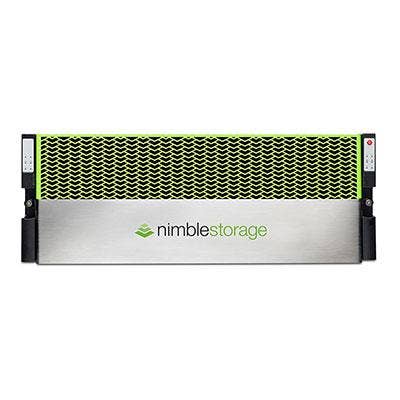
What HPE Gets With Nimble Storage
Nimble Storage is a provider of both all-flash storage and hybrid flash storage products. Hybrid storage refers to arrays that offer a combination of flash and spinning disk capacities which in theory offer nearly the performance of all-flash storage but take advantage of disk capacity for lower cost. In practice, however, the cost-per-gigabyte of all-flash storage is almost on-par with that of disk-based storage, which is causing a collapse in the sales of disk-based storage in general.
Nimble Storage also develops InfoSight, a predictive analytics technology for monitoring and managing storage capacity and uptime. The company claims InfoSight now ensures "six nines," or 99.9999 percent, availability for its storage. Nimble Storage last month also introduced Nimble Cloud Volumes, an enterprise-grade block solution that allows businesses to run data on-prem or in AWS or Azure without getting locked into any of them.

HPE Also Gets Relationships With Rivals Lenovo And Cisco, But For How Long?
Nimble Storage has at least two strategic relationships that marry its storage technology with the server offerings of two of HPE's top competitors.
Lenovo, in October, unveiled a partnership under which Lenovo will offer a new converged infrastructure offering called ThinkAgile that combines Lenovo's server and networking technology with Nimble's storage technology, as well as plans to eventually work together on rack-scale hyper-converged infrastructure solution.
In 2014, Nimble Storage started a meet-in-the-channel relationship with Cisco for building SmartStack converged infrastructure solutions based on Cisco UCS and Nimble storage.
However, if history is any judge, those relationships may be doomed. HPE has already made it clear that strategic relationships that SimpliVity formed with Lenovo and Cisco will eventually fade away.
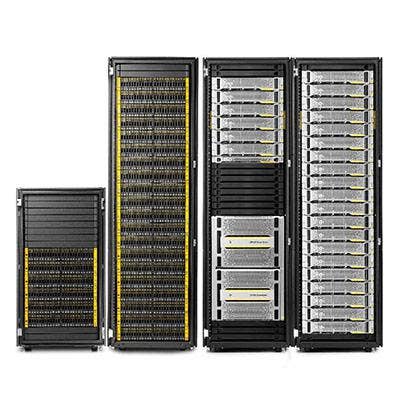
HPE's Storage Business Is Built On Acquisitions
HPE is the world's second-largest provider of external enterprise storage, with revenue of $656.5 million in the fourth quarter of 2016, according to analyst firm IDC.
That strength is built on a couple of key acquisitions. The bulk of HPE's storage revenue comes from the former Hewlett-Packard's $2.35 billion acquisition of 3Par in 2010 after a bidding war with rival Dell. HPE has since made 3Par the center of its storage business by restructuring 3Par to lower its costs drastically and by taking advantage of its flexible operating system to build all-flash 3Par offerings.
In 2008, HP acquired LeftHand, a pioneer in virtualized storage technology which has since morphed into HPE's StoreVirtual software-defined storage technology.
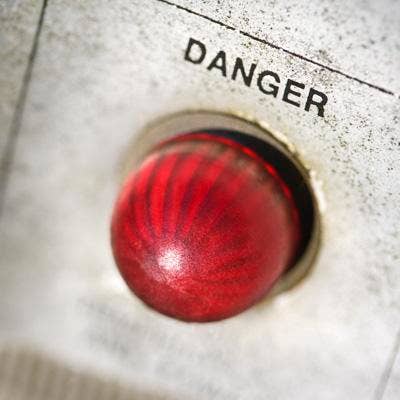
HPE Storage Is Under Pressure
HPE was able to ride its 3Par and LeftHand acquisitions to new heights in the storage industry, and for a couple of quarters in the last couple years, was the only storage vendor showing market share growth. However, the company stumbled in its fourth fiscal quarter of 2017 with a 7.1 percent storage revenue drop, according to IDC. Dell Technologies, IBM, and Hitachi all saw deeper revenue dips in that quarter, while NetApp saw a smaller drop.
Keep in mind, though, that this is happening at a time when cloud computing, software-defined storage, and new flash storage technologies are combining to drag down storage industry revenue in general, a trend that shows no sign of changing in the foreseeable future.

Nimble Storage Was Growing, But Struggling
In addition to unveiling plans for its acquisition by HPE, Nimble Storage on Tuesday also released its fiscal year 2017 financial results for the year ending January 31.
Total revenue for fiscal 2017 was $402.6 million, up about 25 percent from the $322.2 million the company reported for fiscal 2016. However, the company, on a GAAP basis, lost $158.3 million, compared to $120.1 million the year before. Non-GAAP losses reached $62.8 million in fiscal 2017 compared to $36.8 million the year before.
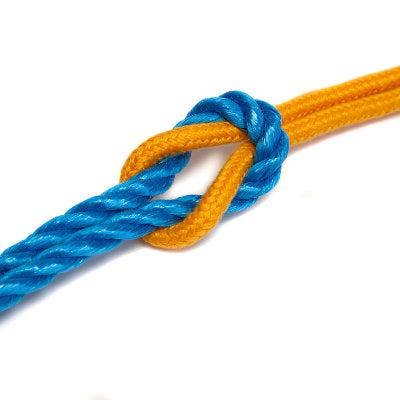
Some Overlap, But Manageable
Nimble Storage's all-flash array line fits between HPE's midrange to enterprise 3Par line and its entry-level MSA line.
The MSA line includes hybrid flash arrays, but not all-flash arrays. There will likely be some overlap at the upper end of the MSA line and the lower end of the Nimble Storage line.
Nimble Storage all-flash arrays offer a maximum raw capacity of 503 TBs or 2.0 petabytes in a scale-out deployment. HPE's 3Par all-flash arrays start with the entry 3Par StoreServ 8200 with a maximum raw capacity of 838 TBs, while the HPE 3Par StoreServ 20000 can be configured with up to over 8 petabytes of all-flash storage.

Will HPE Consolidate Its Storage?
With the acquisition, HPE will have four distinct and incompatible storage operating systems: 3Par, StoreVirtual, MSA, and Nimble Storage. And don't forget that HPE's server teams will be moving fast to bring SimpliVity technology to the company's servers, giving it a fifth incompatible storage technology.
Time will tell whether HPE will consolidate those lines or not.
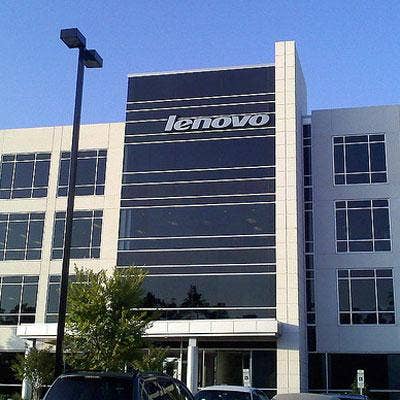
Lenovo Prepares For The End Of Its Nimble Storage Relationship
Lenovo, in a statement attributed to the company's Data Center Group, told CRN that it is aware of HPE's planned acquisition of its storage partner Nimble Storage.
"Change is continuous in our industry, so our strategy and operations are highly agile. We can adapt quickly to any market developments. Lenovo announced the alliance with Nimble in October 2016 and the relationship was in its early stages. As such, there is virtually no impact on either our customers or product portfolio. Going forward, we will expand our efforts to bring the compelling benefits of flash-based storage to our customers, both in traditional data center infrastructure and next-generation IT solutions. In fact, we plan to introduce new flash storage offerings later this year," Lenovo wrote.